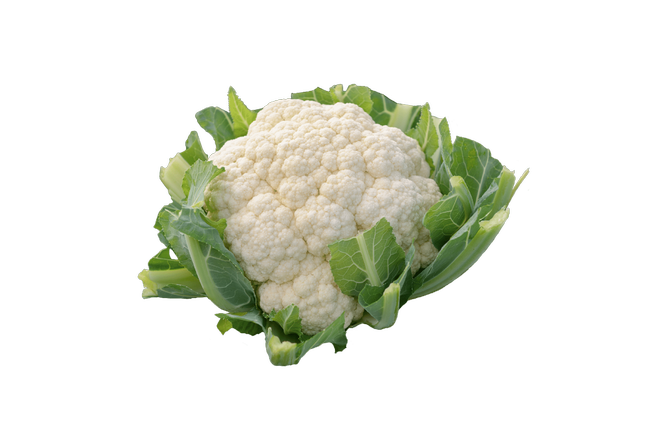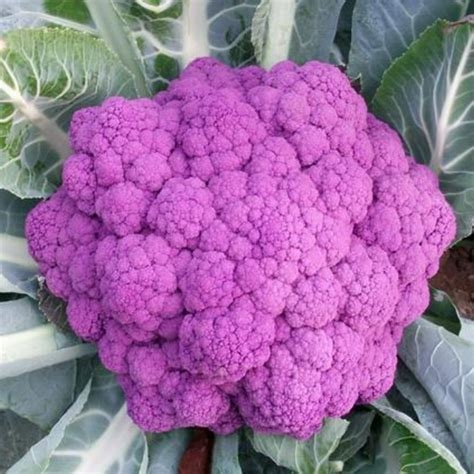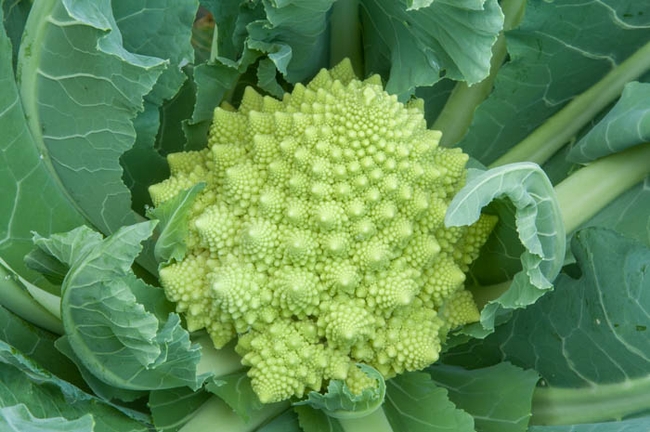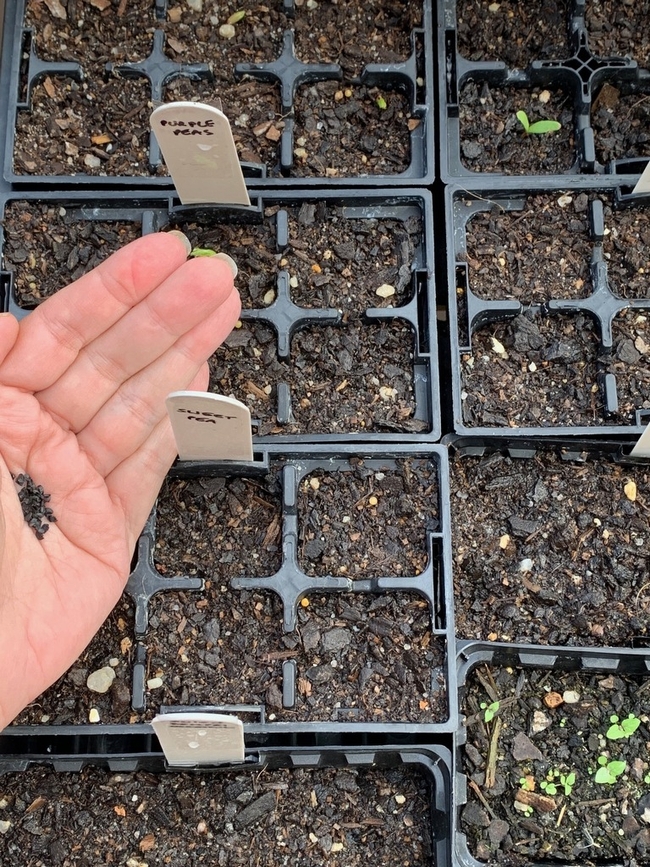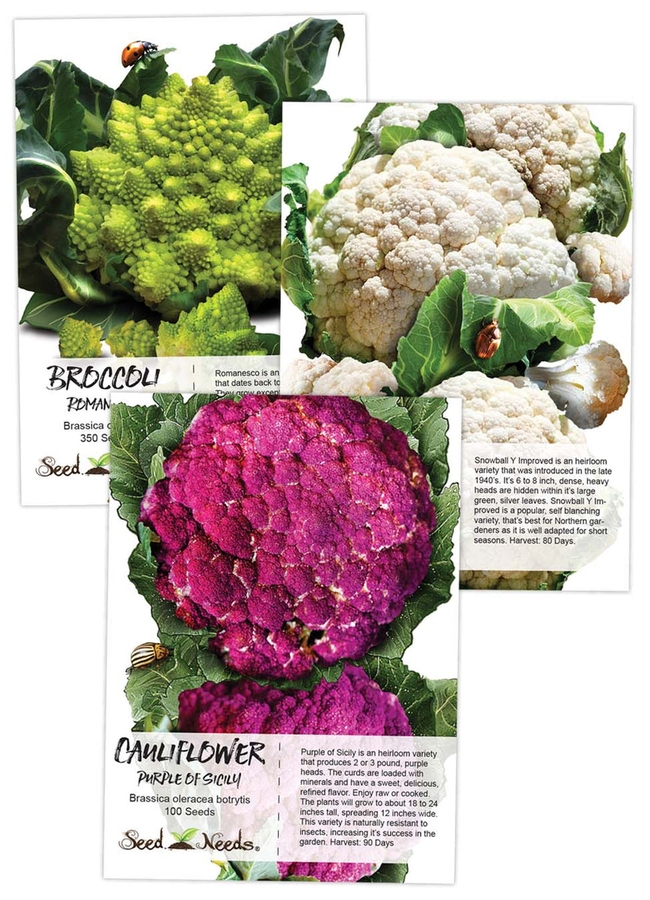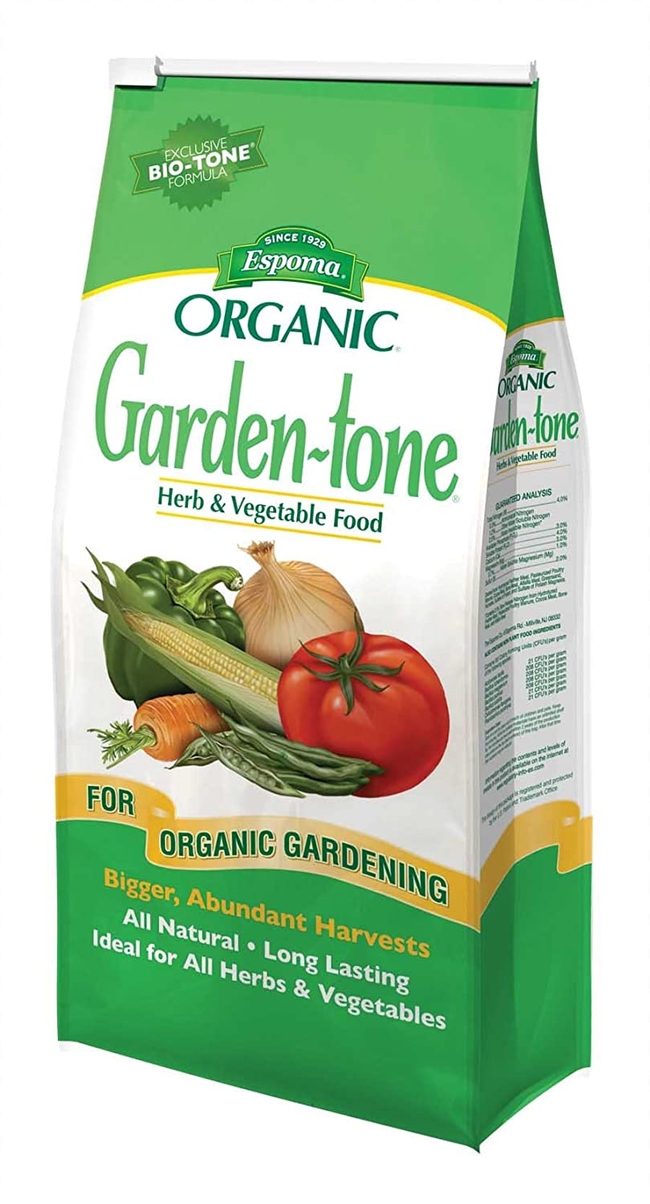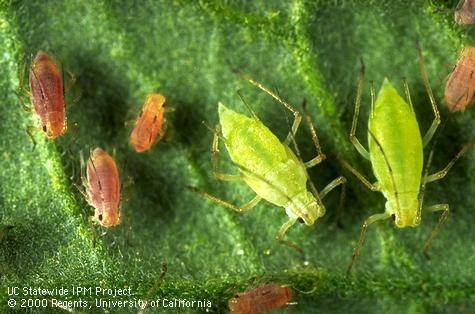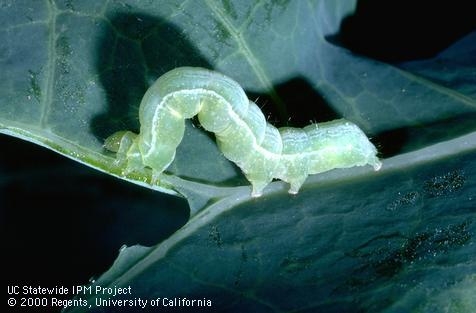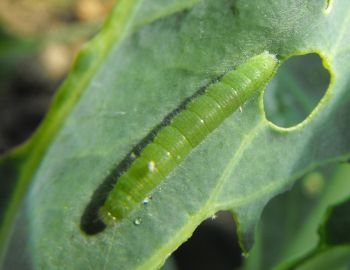By Pat Hitchcock, UC Master Gardener of Napa County
In 2021 the Napa Master Gardeners' field trials group decided to grow cauliflower, not just once but twice. The first round got started in January with seeding into flats or pots; seeding for a fall/winter crop commenced in August. In addition, we grew out extra plants in the fall and gave them away to members of the public.
We hoped to get firsthand experience to inform our book knowledge of growing cauliflower in Napa Valley. We wondered if the plants would mature in the time stated on seed packets, whether spring or fall planting resulted in higher quality produce, and what challenges home gardeners might face in growing cauliflower.
We chose three varieties of cauliflower to test: Amazing, a standard white cauliflower; Graffiti, a purple variety; and Veronica, a pale green Romanesco type. Besides making it easy to tell which plants were which, the differently colored varieties produced a rainbow of mature cauliflower when they formed heads.
Cauliflower is a cool-season crop. We sowed the seeds in time to have six-week-old plants for transplanting in early spring (mid-February) and again in mid-September. We figured the spring sowing would mature before it got too hot, and the fall/winter sowing would mature in December or January.
We started all of the plants from seed and experienced excellent germination for all varieties, with most sprouting within a week. When seedlings had a couple of true leaves, we repotted them from cell packs into four-inch pots to have room to grow. From that point on, a weekly dose of half-strength liquid fertilizer was helpful.
Seedlings need lots of light. Gardeners growing indoors used high-quality grow lights. Some gardeners kept seedlings in protected outdoor locations to get maximum sunlight, bringing them indoors during extreme weather (frosty temperatures, heat waves or rain). By the time the seedlings were six or seven weeks old, they were a perfect size to transplant into garden beds.
For the spring trial, transplants were set out mid-February. They had no difficulty with our typical Napa early spring weather. Fall was a bit trickier. We had to navigate hot spells to set plants into the ground in mid-September. Though it was warm then, the plants would grow out when the weather was cooler. Some of us shaded the plants during hot spells.
Cauliflower benefits from fertilizer (following package directions) and full sun. Fertilized plants grew more luxuriantly and produced larger heads. Plants growing in shade were slower to produce and sometimes had smaller heads or did not produce at all. We also noted that our cauliflower plants were fairly large; they needed to be planted 18 to 24 inches apart to grow to full size.
All of our cauliflower varieties were supposed to mature in 75 to 85 days, starting from when transplants were set into the ground. The spring planting largely met that promise, with plants transplanted in February producing heads in late April and May. Fall transplants took significantly longer, with most producing heads in January.
We surveyed members of the public who got free plants in the fall. About half were successful in getting a crop. While we weren't able to follow up with each one individually, some of those who did not get a crop suspected that their plants were not getting enough sunlight.
Almost everyone said they had issues with aphids. You can control these pests by inspecting your plants regularly, especially the underside of leaves, and using a spray of water to wash them off. Two other insect pests that plague cauliflower are the cabbage looper and the imported cabbage worm. The looper is larvae from a moth; the cabbage worm is the larvae of a small white butterfly. Many Master Gardeners used row cover to prevent these flying insects from reaching their plants to lay the eggs that hatch into the voracious larvae. For more about these pests, consult the University of California's Integrated Pest Management website.
Birds can also be a problem for cauliflower, and the best deterrent is a physical barrier such as row cover, cages, or netting.
For the home gardener, cauliflower can be a rewarding crop. Because one head is all you get from each plant, you can then make way for a warm-season vegetable like zucchini. Fall-planted cauliflower takes longer to head up but is welcome in winter, when leafy greens and roots dominate the vegetable patch.
We did not find significant differences in the quality of the cauliflower grown in different seasons. The Master Gardeners who grew plants in both seasons enjoyed their harvest and said they were likely to grow cauliflower again. We did not have a consensus as to a favorite variety, but people appreciated the beautiful purple hue of Graffiti and the fractal spiral of the Veronica. All of our cauliflower ended up being delicious.
Food Growing Forum: Napa County Master Gardeners will host this forum on “Planning & Record Keeping and Crop Rotation” on Sunday, February 13, from 3 pm to 4 pm. Register to receive the Zoom link at https://ucanr.edu/2022FoodForumFeb.
Workshop: Napa County Master Gardeners will hold a workshop on “How to Improve Home Vineyard Soil Health for Grape Quality and Climate Change” on Saturday, February 26, from 9 a.m. to 12:30 p.m. Whether the workshop will be in person or via Zoom is still being determined.
You must register to attend. Registrants will receive an email a few days before the event with the workshop location or Zoom link. Register at https://ucanr.edu/2022HomeVineyardSoilFeb
Got Garden Questions? Contact our Help Desk. The team is working remotely so please submit your questions through our diagnosis form, sending any photos to mastergardeners@countyofnapa.org or leave a detailed message at 707- 253-4143. A Master Gardener will get back to you by phone or email.
For more information visit https://napamg.ucanr.edu or find us on Facebook or Instagram, UC Master Gardeners of Napa County.
